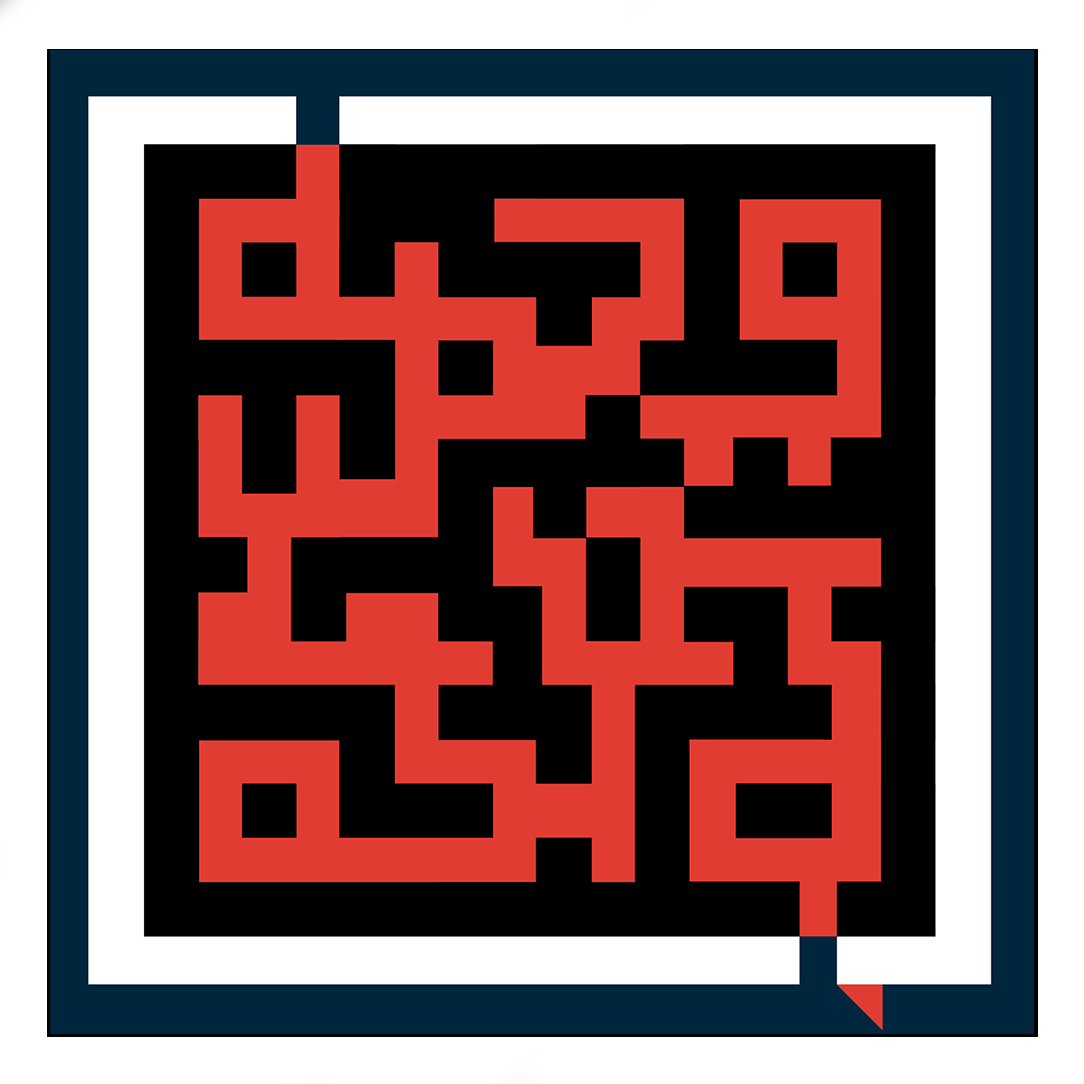Unpacking the Retail Stack
In order to extract greater efficiency out of existing systems we sometimes need to break the atomic units of those systems down into even smaller pieces so that we can re-imagine how they can be put back together. This is the sort of unbundling that we need to do of the retail stack in order to be able to build a digital retail infrastructure that can empower our small traders. This is the only way we can enable hyperlocal commerce at national scale.
